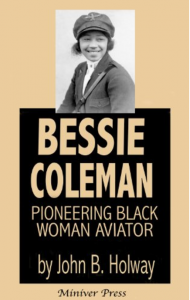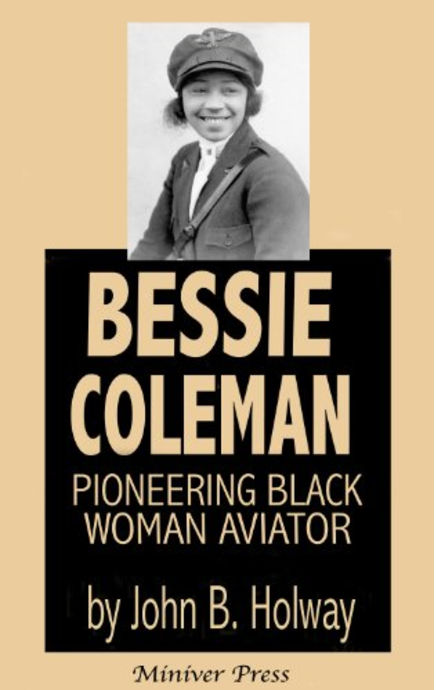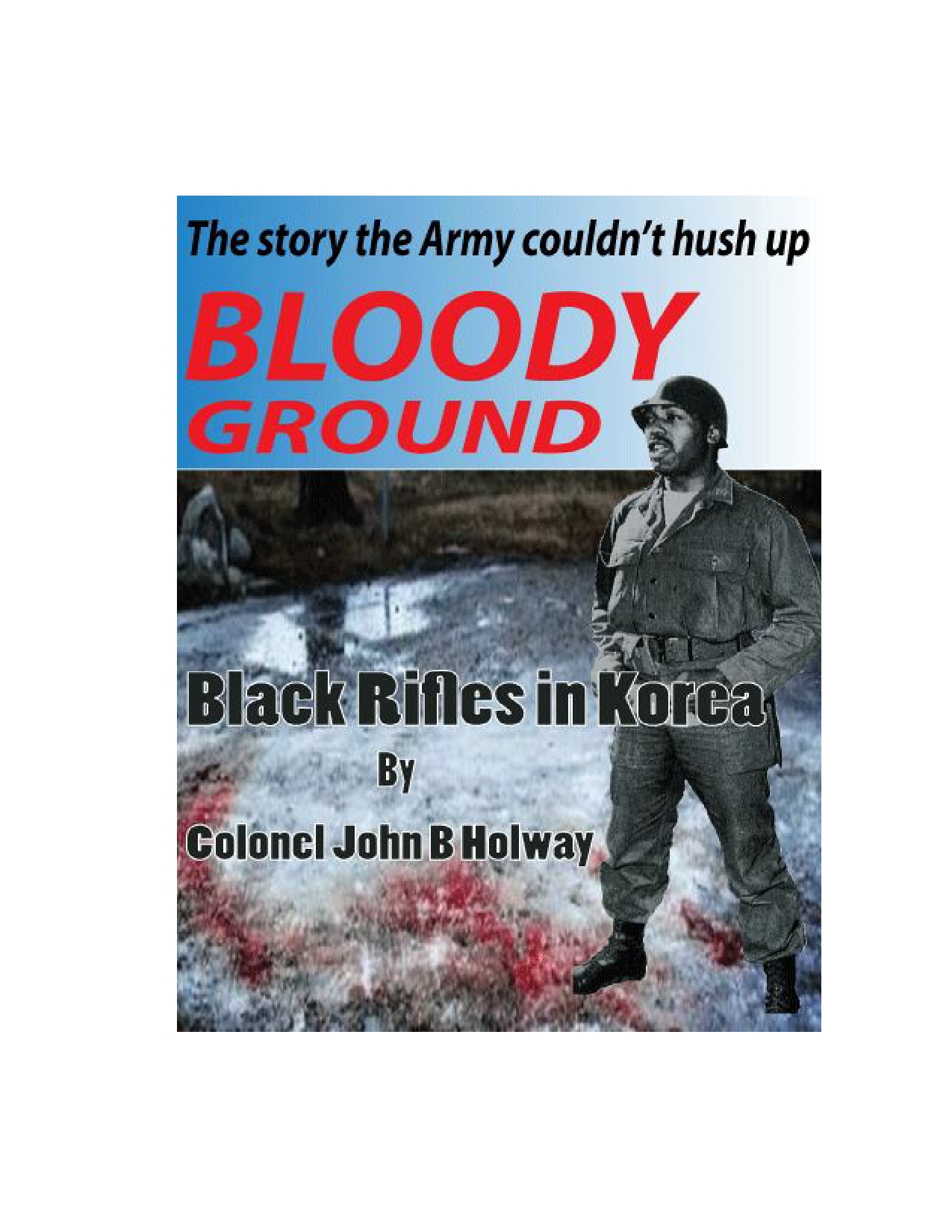Free Feb 13-17: Ebook About Bessie Coleman, First Black Woman Aviator
Posted on February 13, 2017 at 6:00 am
In honor of Black History Month — John Holway’s fascinating ebook about Bessie Coleman, the first place woman aviator, is FREE February 13-17, 2017. Enjoy!

Back in the 1920s planes were made of wood and cloth held together with wire. And back then everyone knew blacks couldn’t fly, and neither could women. But this spunky black woman from the cotton fields of Texas did loops above the Eiffel Tower, walked on wings above America, and jumped off planes to the oohs and gasps of crowds.
Bessie could also do a mean Charleston on the dance floor while guys lined up on both sides of the Atlantic. Her admirers included France’s top World War I ace, an African prince, a Florida millionaire, Chicago’s top black newspaperman, and its top black gangster.
She survived broken bones and some broken hearts. She was the first person, man or woman, to open the skies to black pilots. She helped open grandstands on the ground as well, refusing to perform unless everyone could buy a ticket.
She inspired generations of flyers. After years of neglect, she has at last been recognized as one of the leading figures in aviation, African-American, and women’s history.
Tributes include a postage stamp, a street named for her at O’Hare airport, and her photo tucked into a spacesuit worn by the first black woman astronaut as she flew on the space shuttle.




